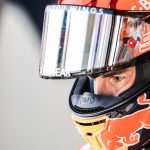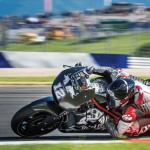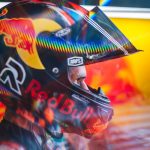A few hours on from his latest romp at the Circuit of the Americas, it was puzzling to hear reigning world champion and magnet of controversy Marc Marquez speak of doing something he did not like. Everything throughout his 41-minute exhibition earlier had oozed with assurance and carried an element of defiance.
This was a performance in which the reigning world champion’s dominance was so complete that he was set to cruise to the biggest winning margin in a dry MotoGP outing in just under two years with a lap to go; only a pre-planned celebratory jig as he approached the line deprived him of that.
It was a “special motivation” that inspired this annihilation, Marquez later said, a feeling that his interests would be best served by clearing off into the distance. That kind of race “is not what I like,” he said, referring to the general lack of interest in the leading fight, but the furore surrounding his wayward antics in Argentina was a facet. A further penalty for slowing on the racing line in qualifying while Maverick Viñales was on a hot lap nearby convinced him the necessary approach was to steer clear of the rest.
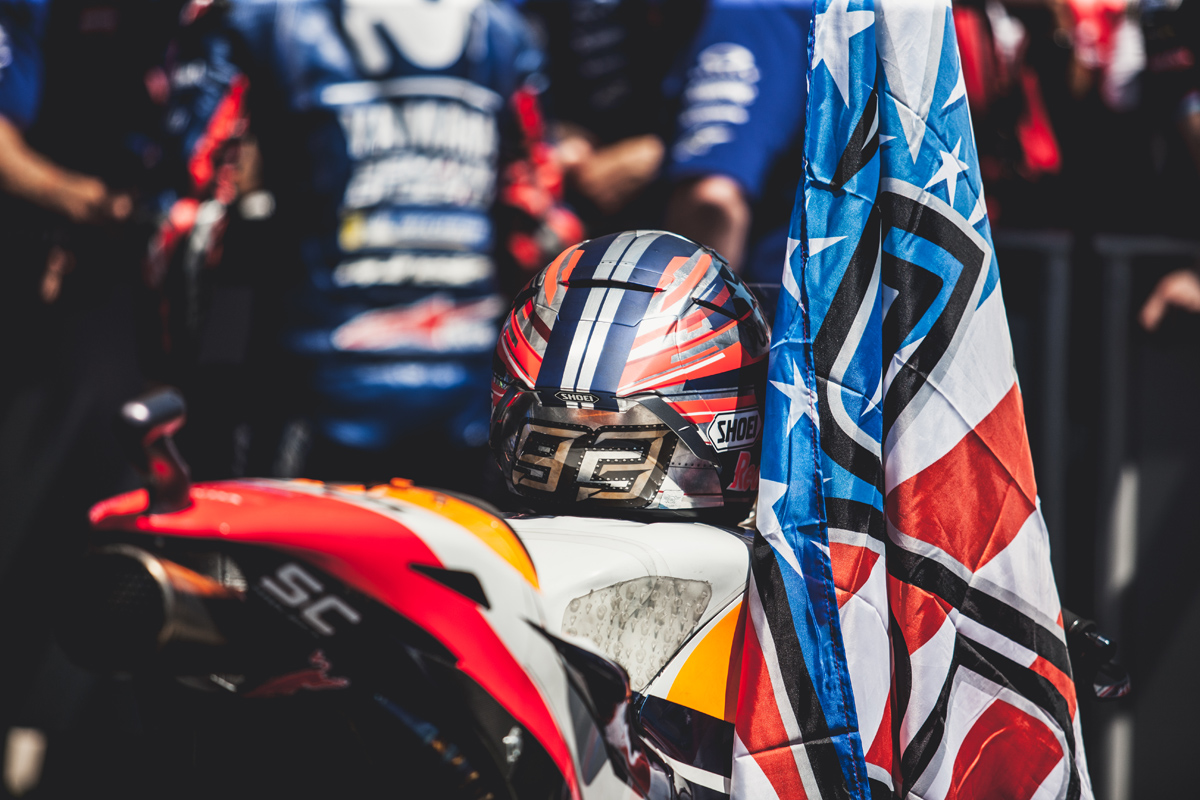
And while another Marquez win in Austin – his sixth at this track and his twelfth straight success on American soil – does not reveal too much, the manner in which it was won, and his insistence on repeating where the inspiration had come from, should strike a degree of fear into anyone with designs on wrestling the crown from his grasp.
The uproar surrounding Argentina seemed to solidify Marquez’s reputation as a ‘bad boy’ of the class, something that led to continued booing after his latest win. The fallout from the past race had spurred him on, causing him to abandon the usual tactic of easing his way into the affair before pouncing with a late attack.
Here, his mind was made up before travelling to the track on Sunday. “Since I get up this morning and since yesterday, my strategy was quite clear,” he said after the race. “[It was] A long race because leading in the front is not what I like, but today I feel like this.” In other words, push from the start, avoid controversy of any form and rub everyone’s nose in it while doing so: ‘is this really the spectacle you all wanted?’ he seemed to be asking come the end of it.
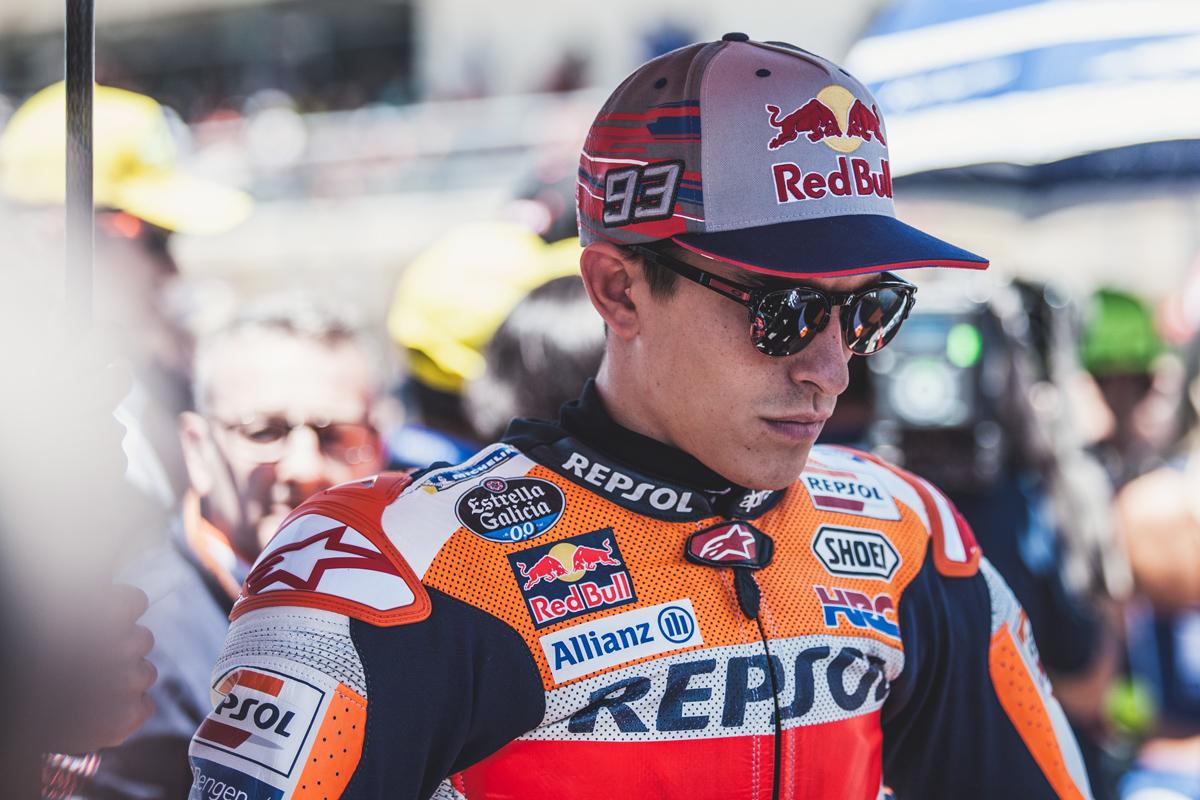
Marquez is no stranger to managing public backlashes. He did so after moving to Andorra – a move perceived to be for tax reasons in his native Spain. And incurring Rossi’s ire toward that tail end of 2015 prompted him to arguably his greatest feat, a world championship triumph against the odds in 2016, a season that started with Honda firmly mired in all kinds of trouble. With a point to prove, we could likely see more comebacks of this ilk in the coming weeks.
Another point of interest is that Dorna and – by consequence, race direction – seem intent on handing out harsher penalties for on-track infringements from here on. Friday evening’s Safety Commission meeting saw riders converge and air pent up grievances that had simmered for the two weeks before. In Aleix Espargaro’s case, it was several months of tension at Danilo Petrucci’s repeated aggression
In light of the discussion it’s believed race direction will now act with a more severe tact with race director Mike Webb telling On Track Off Road contributor David Emmett each incident will warrant a more severe step of punishment than before. What would have been a warning in the past is now a three-place grid penalty, as witnessed by Marquez on Saturday.
Not a bad thing, you may ponder. After all, the swirl of opinion from Argentina – this blog included – felt the #93 had been lucky to escape a black flag on that occasion. Indeed he had. And Moto3 runner Aron Canet could count on even greater fortune for escaping punishment in light of carelessly knocking colleague Makar Yurchenko off in that weekend’s FP1 session.
Yet the sanction imposed on Pol Espargaro on Saturday evening suggests the pendulum of punishment may be swinging too far in the other direction. The slap on Marquez’s wrist for his latest misdemeanour was understandable, thinking of what had gone before. But for the KTM rider, far from a regular offender, being judged to impede the progress of Thomas Luthi during Q1, from surveillance footage seemed a touch of the harsh side, even if the aim was to be consistent and in line with its actions that afternoon.
The fear here is what might happen in the next occasion a full-blown battle develop. Could, for example, a re-run of last year’s epic scrap at Phillip Island, pass by without race direction getting involved in some way? The pendulum appears to be plummeting from one direction to another with an irregular equilibrium. The last thing we want is an over-regulated, penalty friendly spectacle such as what we see in Formula1.
While complaining of Marquez’s antics in Argentina, the elder Espargaro brother made a point of stating the need to maintain some form of contact in the battle. “Actually I’m a rider who thinks the contact has to be there,” he said. “If not it’s very boring. Contact, close passes I agree. It’s nice – adrenaline for the people. But one thing is a contact pass and another thing is to hit a rider. If you touch somebody to overtake like we see many times in the last corner at Assen, this is racing. For example, Marc hit me. He was 25km/h faster. That is not touching.”
A difficult balance to strike, make no mistake. A fine line will need to be tiptoed in the coming races. And, on the evidence of Austin, it will be Marquez’s rivals who will be needing to overreach to reel him in, rather than the other way round. Race direction beware.
Words by Neil Morrison/Photos by CormacGP

